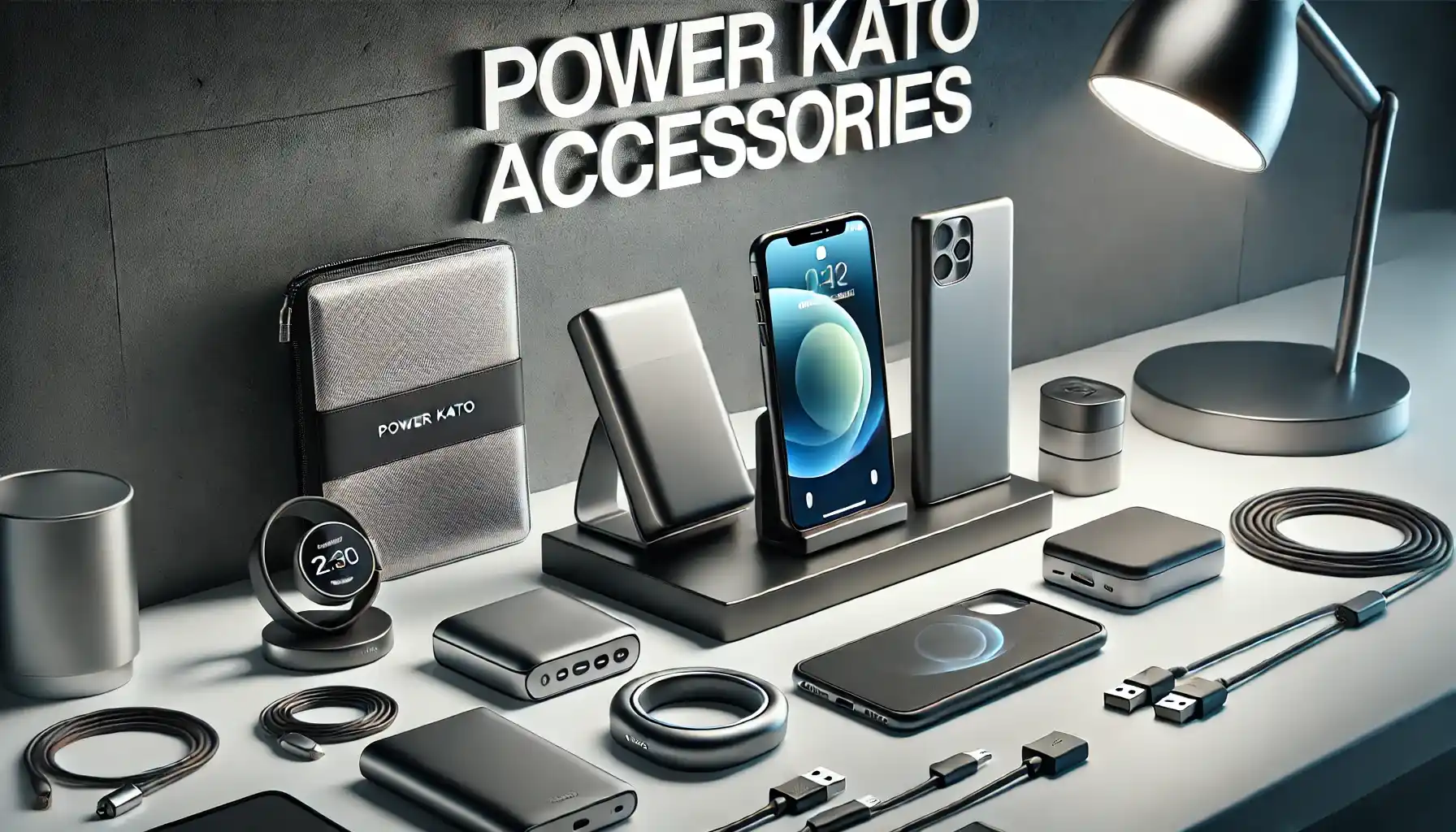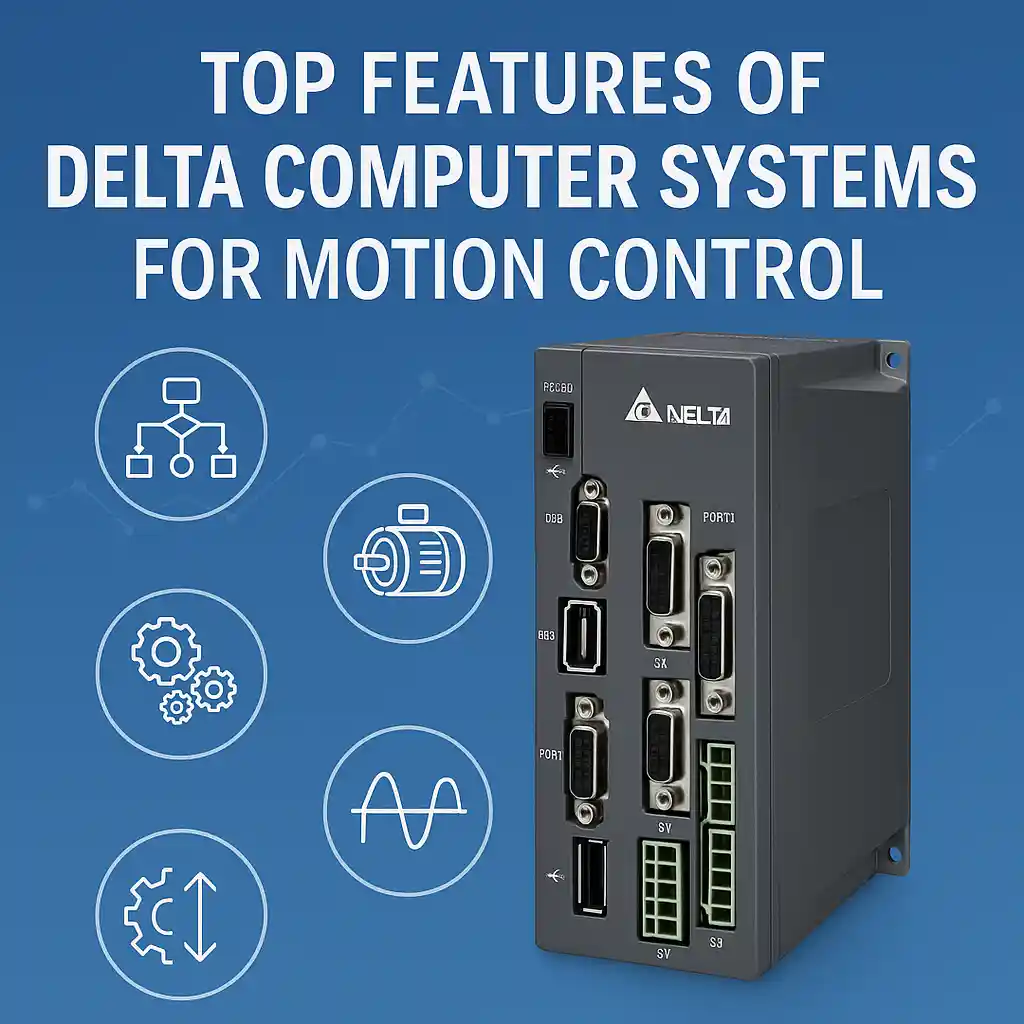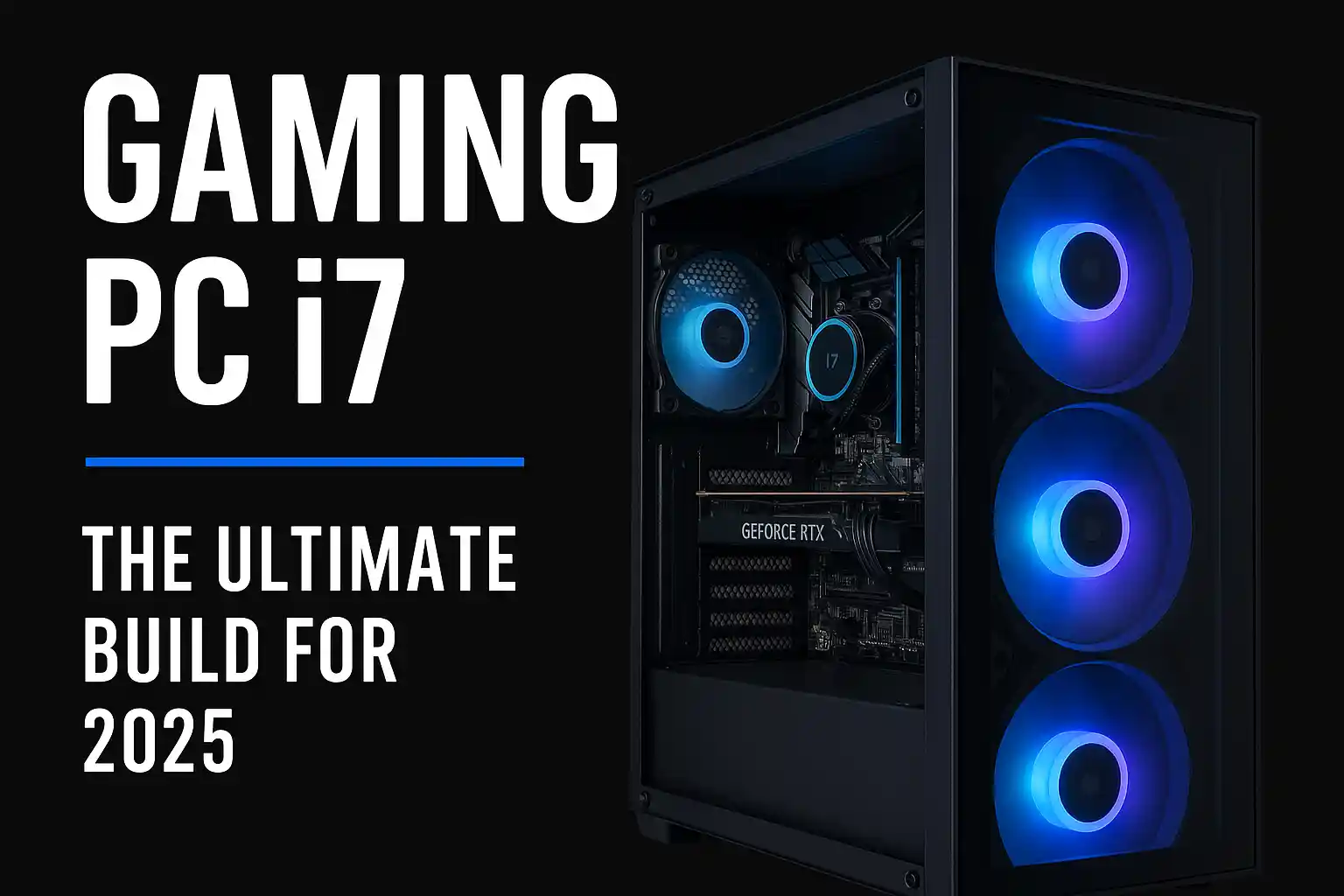Kato is a well-known brand in the model train industry, offering high-quality tracks, trains, and accessories. However, many hobbyists find themselves needing to power Kato accessories with other power supplies to run them efficiently. Whether it’s due to cost, availability, or customization needs, finding an alternative power source is a common concern among enthusiasts.
In this guide, we will cover everything you need to know about using alternative power supplies for Kato accessories. We’ll discuss voltage requirements, connection methods, safety precautions, and troubleshooting tips.
Why Use an Alternative Power Supply for Kato Accessories?
Kato accessories typically use their dedicated power packs, such as the Kato Power Pack SX or the Kato 24-829 Turnout Control Switch. While these are convenient, there are several reasons why you might want to use a different power supply:
- Cost Savings: Official Kato power supplies can be expensive.
- Customization: Some users want more control over voltage and amperage.
- Availability Issues: Kato power supplies may not always be readily available.
- Multi-Accessory Support: A single alternative power supply can often run multiple accessories efficiently.
- Energy Efficiency: Some third-party power supplies consume less electricity.
- Portability: Battery-based or smaller adapters can make portable train setups easier.
If you want to power Kato accessories with another power source, it’s essential to understand the technical aspects to avoid damaging your equipment.
Understanding Kato Accessories Power Requirements
Before choosing a power supply, it’s crucial to know the power requirements of Kato accessories. Here are the key factors to consider:
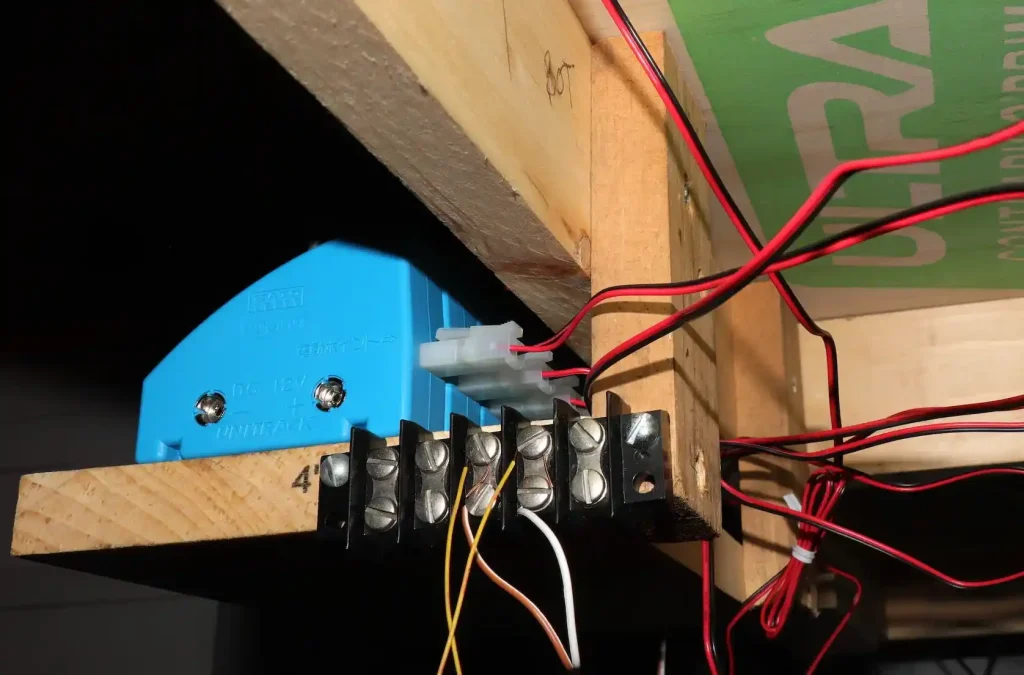
1. Voltage & Amperage
Kato accessories typically run on DC (Direct Current) voltage. Some common voltage ratings include:
- 12V DC – Suitable for most Kato turnouts, track switches, and lighting accessories.
- 16V DC – Used for advanced controllers or multiple accessories.
- 9V-12V DC – For Kato LED lighting kits.
2. Polarity Considerations
Polarity is important when connecting alternative power supplies. Reversing the polarity can cause accessories to malfunction or even become damaged.
- Red Wire = Positive (+)
- Black Wire = Negative (-)
If you are unsure, use a multimeter to check the polarity before connecting your alternative power source.
3. Power Consumption
Each Kato accessory has a power consumption rating, typically measured in milliamps (mA) or amps (A). Make sure your alternative power supply can handle the total power demand of all connected accessories.
4. Power Connectors & Adapters
Kato accessories often use unique connectors. To ensure compatibility, you may need:
- DC barrel connectors (to match the power supply plug)
- Screw terminal adapters (for bare wire connections)
- Step-down converters (to adjust voltage levels if necessary)
Choosing the Right Alternative Power Supply
There are multiple alternative power sources you can use. Here are some common options:
1. DC Power Adapter (Plug-in Type)
- Recommended Voltage: 12V DC (adjustable is better)
- Amperage: 1A to 5A (depending on how many accessories you connect)
- Pros: Readily available, easy to use
- Cons: May require adapter plugs or modification
2. Universal Power Supply (Variable Output)
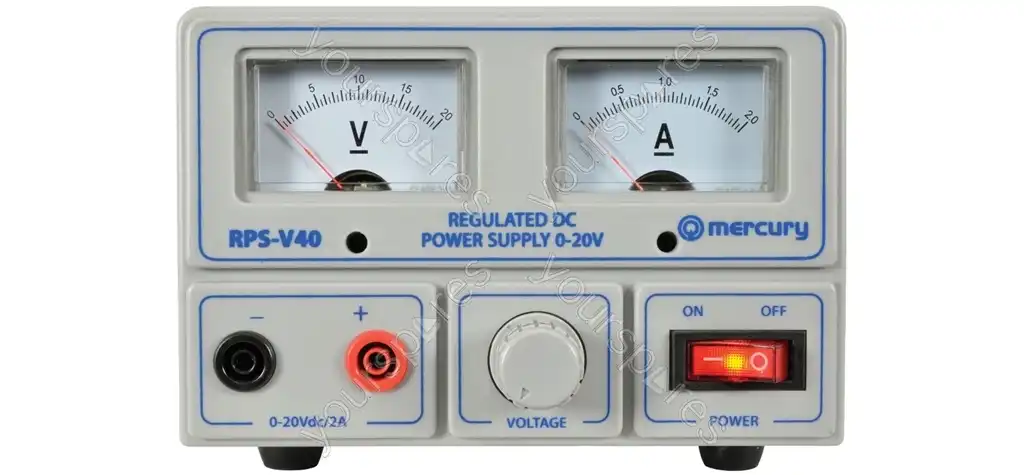
- Recommended Voltage: 9V to 16V DC (adjustable)
- Pros: Offers flexibility in voltage settings
- Cons: Slightly expensive compared to fixed-voltage adapters
3. 12V Battery Pack
- Recommended Voltage: 12V (Use a rechargeable battery pack)
- Pros: Portable, great for temporary setups
- Cons: Needs regular recharging
4. Bench Power Supply (For Advanced Users)
- Recommended Voltage: Adjustable (0V-30V)
- Pros: Provides precise voltage and amperage control
- Cons: Requires basic knowledge of electrical settings
5. Computer Power Supply (ATX PSU)
- Recommended Voltage: 12V DC output
- Pros: High power capacity, can run multiple accessories
- Cons: Requires modifications to work with model trains
How to Connect an Alternative Power Supply to Kato Accessories
Once you’ve chosen a suitable power source, follow these steps to safely connect it to your Kato accessories.
1: Verify Voltage & Compatibility
- Check the voltage and amperage rating of your Kato accessory.
- Ensure your alternative power supply matches these specifications.
- Use a multimeter to confirm the power supply output.
2: Prepare the Connections
- If your power supply has a barrel connector, you may need a DC adapter or cut the wire to expose the positive and negative leads.
- Use a terminal block or screw terminal adapter to connect wires securely.
3: Connect Wires Securely
- Match the polarity (positive to positive, negative to negative).
- If using a DC plug adapter, insert the plug directly into the Kato accessory.
- If using bare wires, twist them together and use electrical tape or a wire connector.
4: Power On & Test
- Turn on the power supply.
- Check if the Kato accessory is functioning properly.
- If there are issues, immediately turn off the power and troubleshoot.
Common Issues & Troubleshooting
Here are some common problems and how to fix them:
1. Accessory Not Turning On
- Double-check polarity (swap wires if necessary).
- Ensure the power supply is providing the correct voltage.
- Inspect for loose or disconnected wires.
2. Flickering Lights or Weak Power
- The power supply may not provide enough amperage.
- Check if too many accessories are connected.
- Use a higher amp-rated power supply.
3. Overheating Accessories or Power Supply
- The voltage may be too high.
- Reduce the voltage using a step-down converter.
- Use a properly rated power supply.
4. Short Circuit Issues
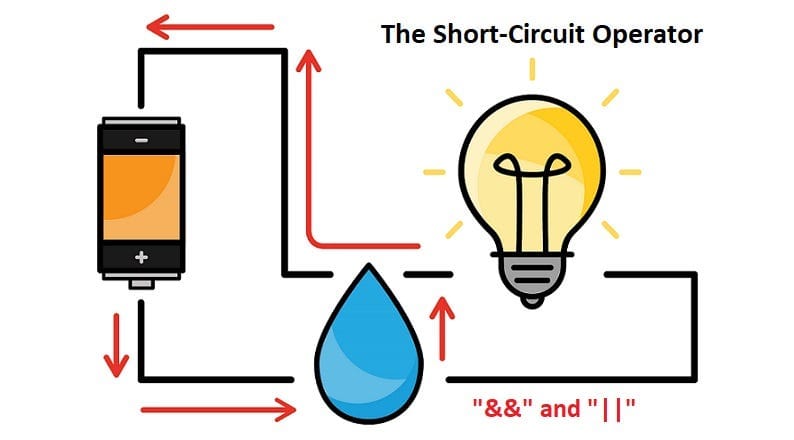
- Ensure there are no exposed wires touching each other.
- Use insulated connectors and check for damaged wiring.
Conclusion
Using an alternative power supply for Kato accessories is not only possible but also cost-effective and customizable. By understanding voltage requirements, choosing the right power source, and following proper connection methods, you can safely and efficiently Power Kato Accessories with Other Power Supplies. Whether you’re using a simple DC adapter or an advanced bench power supply, taking the right precautions will ensure smooth operation and longevity for your model train setup.
Read More: Undress AI – Generate DeepNude Images & Remove Clothes Instantly
FAQs
Yes, but only if it matches the correct voltage (e.g., 12V or 16V). You may need an adapter to convert the barrel plug into usable terminals.
Using a power supply with a higher voltage than required can damage Kato accessories. Always match the recommended voltage.
If your alternative power source has fluctuating voltage, a DC-DC step-down regulator can help stabilize the output.
Yes, but ensure the total amperage does not exceed the power supply’s capacity. A power distribution block can help safely manage multiple connections.


